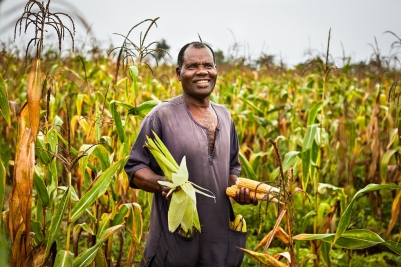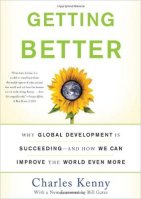By Katrin Glatzel and Gordon Conway
This article was originally posted by The World Farmer’s Organisation e-magazine. Read it here.
As we all know, crops, grazing land, fisheries and livestock are already negatively affected by climatic changes and extremes. The recent El Niño, likely to be the strongest on record, has affected the food security of a vast number of people across the world. Among them, millions of smallholder farmers in developing countries, who own less than one hectare of land, live on less than US$1 per day and do not grow enough food to feed their families.

Credit: HarvestPlus, Zambia
Across Africa, achieving food security for all will become increasingly difficult, and governments are under more pressure than ever to boost productivity and accelerate growth. However, the agricultural growth and food security goals set out by the African Union’s Malabo Declaration have underestimated the risk that climate change will pose to food and nutrition security, according to a new briefing paper by the Montpellier Panel. The paper, “Set for Success: Climate-Proofing the Malabo Declaration” argues that the Declaration, adopted in 2014 by African Union nations to double agricultural productivity and end hunger by 2025, is an important step in the right direction, but has failed to emphasise the risk for smallholder agriculture to climate change. [Read more…]
 The Man who Fed the world, Leon Hesser (
The Man who Fed the world, Leon Hesser ( Getting Better, Charles Kenny (
Getting Better, Charles Kenny (
 By Alice Marks, @alicemarks0
By Alice Marks, @alicemarks0


 Supporting the Malabo Declaration by building comprehensive information on climate-related stresses and shocks, both nationally and regionally, as well as their impacts on food and nutrition security.
Supporting the Malabo Declaration by building comprehensive information on climate-related stresses and shocks, both nationally and regionally, as well as their impacts on food and nutrition security.










